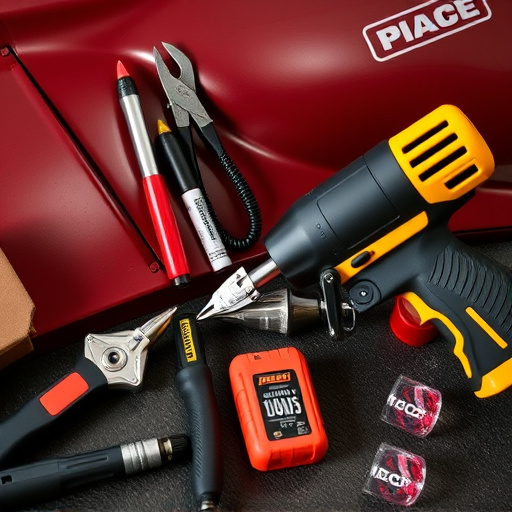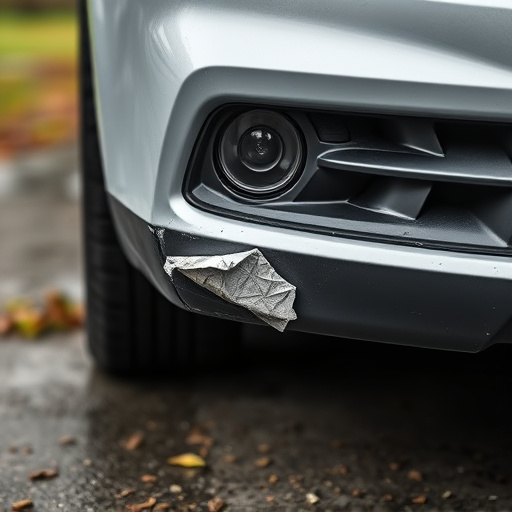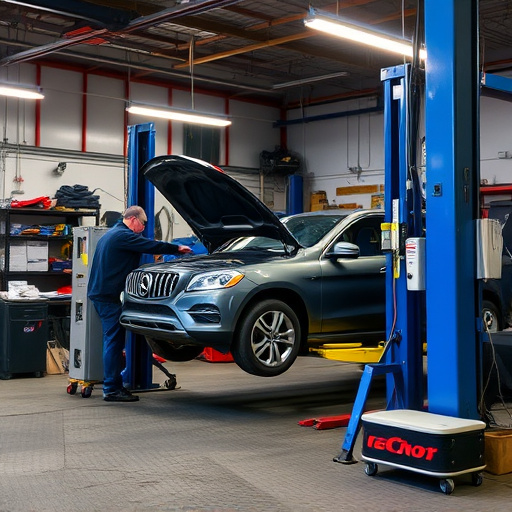Winter weather forecasts are critical for preparing transportation infrastructure, emergency services, and collision repair centers in snowy regions. Accurate predictions enable proactive safety measures for drivers and efficient repair services, minimizing delays caused by snow-related crashes. As winter approaches, car repair shops can manage increased demands by ensuring adequate staffing, equipping with specialized tools, and implementing digital communication strategies to schedule repairs during lower demand periods.
Weather forecasts play a pivotal role in winter road safety, particularly regarding snow-related crash repairs. Accurate predictions enable authorities to prepare and warn drivers, reducing the risk of hazardous conditions. This article explores how weather forecasting impacts crash rates and shapes the demand for snow-related crash repair services. We delve into the aftermath of such incidents, offering insights into their immediate and long-term effects. Additionally, we present strategies to manage surge demands during snowy seasons, emphasizing efficient planning and resource allocation.
- The Impact of Weather Forecasts on Winter Road Safety
- Understanding Snow-Related Crashes and Their Aftermath
- Strategies for Managing Increased Crash Repair Demands During Snowy Seasons
The Impact of Weather Forecasts on Winter Road Safety
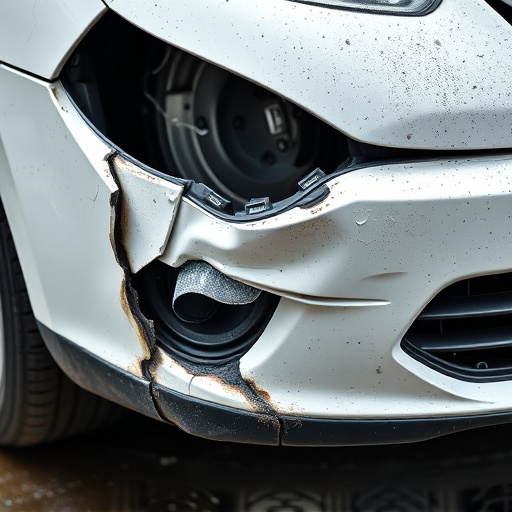
Winter weather conditions often lead to an increase in road accidents, making weather forecasts crucial for maintaining winter road safety. Accurate predictions allow transportation authorities and emergency services to prepare for potential hazards like icy roads and blizzards, which can significantly impact driving conditions. By understanding these forecasts, drivers can also take proactive measures to ensure their vehicles are equipped with the necessary winter tires and de-icing materials, reducing the risk of snow-related crashes.
In regions with frequent snowfall, weather forecasts play a vital role in managing crash repair demands. When severe weather is anticipated, collision repair centers can anticipate higher workloads due to increased vehicle damage from accidents on treated roads or during blizzard conditions. This allows them to staff up and prepare for the influx of snow-related crash repairs, including car body restoration and vehicle dent repair services, ensuring efficient response times and minimizing delays in getting vehicles back on the road safely.
Understanding Snow-Related Crashes and Their Aftermath
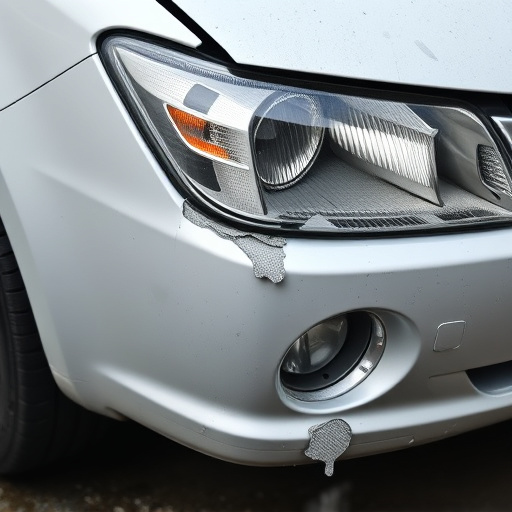
Snow-related crashes are a significant concern during winter seasons, leading to increased demand for snow-related crash repair services. These accidents often occur due to reduced visibility, icy road conditions, and rapid changes in temperature, which can cause vehicles to skid or lose control. The aftermath of such incidents involves more than just clearing the roads; it requires specialized automotive body work to fix damaged vehicles.
The impact of snow-related crashes is far-reaching. Vehicles may sustain considerable damage, from dents and scratches to more severe structural issues. Individuals and auto body repair shops alike play a crucial role in ensuring road safety and facilitating post-crash vehicle restoration. Efficient snow-related crash repair services not only help restore vehicles to their pre-accident condition but also contribute to the overall well-being of communities by minimizing travel disruptions caused by winter storms.
Strategies for Managing Increased Crash Repair Demands During Snowy Seasons
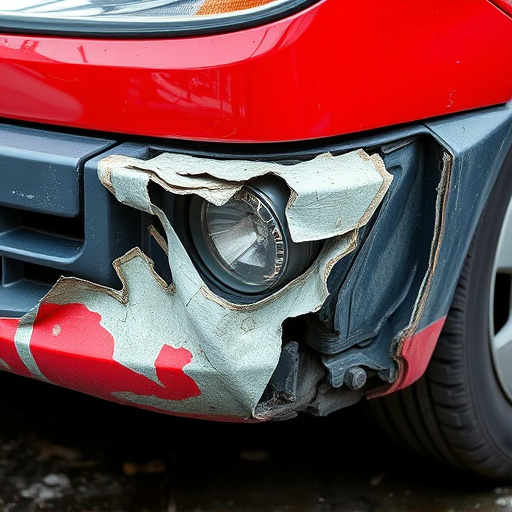
As snowy seasons approach, so does an increase in snow-related crash repair demands. To manage this surge, car repair shops can implement several strategies. One key approach is to ensure adequate staffing and equipment preparedness, including specialized tools for auto glass replacement and winterized vehicle repair services. By anticipating higher workloads, these shops can streamline their operations, potentially reducing wait times for customers.
Additionally, effective communication with clients can help manage expectations. Car repair shops can utilize digital platforms to provide real-time updates on service availability and estimated repair timelines, especially during weather events that cause significant disruptions. Encouraging customers to schedule repairs in advance, when the demand is lower, can also contribute to better resource allocation, ensuring prompt service for all while maintaining high-quality auto glass replacement and overall vehicle repair services.
Accurate weather forecasts play a pivotal role in managing snow-related crash repair demands. By predicting hazardous conditions, communities can proactively implement strategies to enhance winter road safety. These measures include improved maintenance, public awareness campaigns, and efficient dispatch of emergency services. Integrating forecast data into crash repair planning ensures better resource allocation, reducing response times and minimizing the impact of snowy seasons on road safety and recovery efforts. This approach ultimately contributes to a more resilient infrastructure and safer communities.
